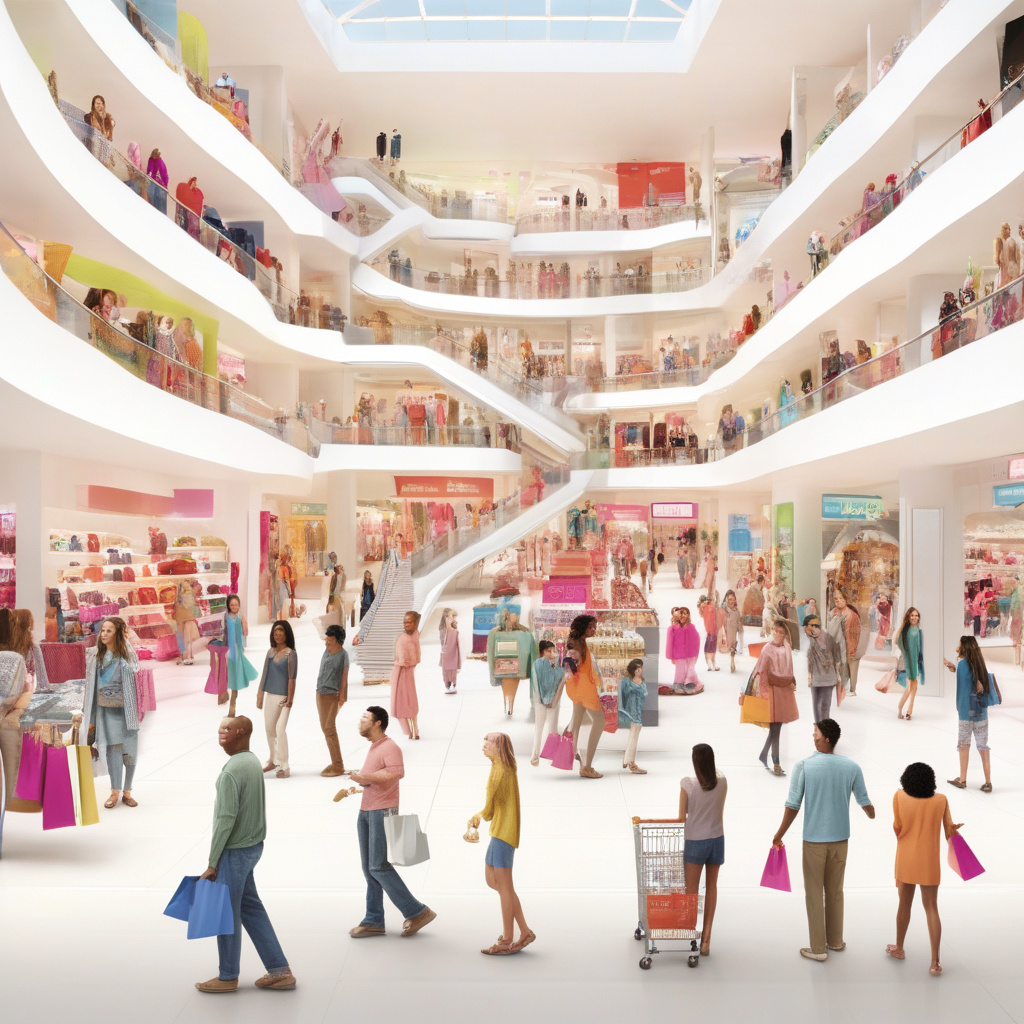The Evolution of Retail: Navigating the Future of Shopping in the Next Decade
In the ever-changing landscape of retail, the next ten years are poised to bring about significant shifts in how consumers shop and interact with brands. With shopping journeys becoming increasingly fragmented, retailers are facing the challenge of catering to customers who are influenced by multiple touchpoints simultaneously. To stay competitive and relevant in the coming years, it is crucial for retailers to adapt and prioritize seamless, omnichannel experiences that engage customers at every step of their journey.
One of the key trends that will shape the future of retail is the continued integration of online and offline channels. As technology continues to advance, consumers have come to expect a seamless shopping experience across all touchpoints. Whether they are browsing products online, visiting a physical store, or making a purchase through a mobile app, customers expect a consistent and cohesive experience. In the next decade, retailers will need to invest in technologies that enable them to bridge the gap between online and offline channels, providing customers with a truly omnichannel shopping experience.
Personalization will also play a critical role in the future of retail. With the vast amount of data available today, retailers have the opportunity to deliver personalized shopping experiences that cater to the unique preferences and needs of each customer. From personalized product recommendations to targeted marketing campaigns, retailers can use data-driven insights to create tailored experiences that drive engagement and loyalty. In the next ten years, we can expect to see even more advanced personalization techniques being used to create hyper-targeted shopping experiences that resonate with customers on a deeper level.
The rise of artificial intelligence (AI) and machine learning is another trend that will shape the future of shopping in retail. AI-powered technologies have the potential to transform every aspect of the retail experience, from inventory management and supply chain optimization to customer service and marketing. In the next decade, we can expect to see AI and machine learning being used to automate repetitive tasks, analyze large datasets, and deliver real-time insights that drive more informed decision-making. By harnessing the power of AI, retailers can streamline operations, improve efficiency, and deliver more personalized shopping experiences to their customers.
In addition to technological advancements, sustainability and social responsibility will continue to be top of mind for consumers in the next decade. As consumers become more conscious of the environmental and social impact of their purchasing decisions, retailers will need to prioritize sustainability and ethical practices in order to stay relevant. From reducing waste and carbon emissions to supporting fair labor practices, retailers that demonstrate a commitment to sustainability will not only attract environmentally conscious consumers but also build a positive brand reputation that resonates with a broader audience.
In conclusion, the next ten years are set to bring about significant changes in the retail landscape. With shopping journeys becoming increasingly fragmented and consumers expecting seamless, omnichannel experiences, retailers will need to adapt and innovate in order to stay competitive. By embracing trends such as the integration of online and offline channels, personalization, AI and machine learning, and sustainability, retailers can position themselves for success in the future of shopping.
#RetailTrends, #OmnichannelExperiences, #AIinRetail, #Sustainability, #FutureofShopping
